Technology through the ages
One really striking aspect of the last 40 years has been the increasing rate at which advances in technology have been made. The minuscule size and gigantic power of today’s computers could only have been dreamt of in the days of the Commodore PET. Let’s take a look at a few of the icons used by Computair over the years.
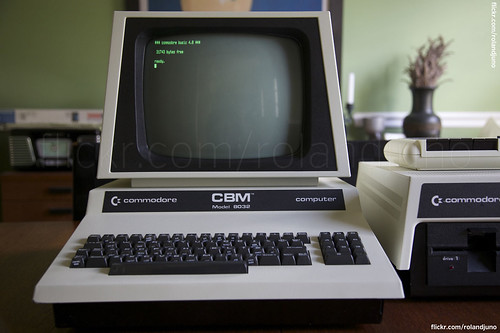
Commodore PET 8032
The world’s first coil selection and air handler design programmes were created at Computair using the Commodore PET 8032, starting in 1980.
It’s astonishing to think that Nigel Taffs persuaded his then-employer to spend the purchase price of small car to buy one for the office in which he worked. On this he wrote programs to perform psychrometric calculations and coil selections.
The Commodore PET sported all-in-one metal case. It had an 8 bit 6502 processor running at 1MHz, 32 kB of RAM and a 12 inch 80×24 character “VDU”! There was zero internal disk space, so other means of storage had to be found (see cassettes below).
Original image taken from https://www.vintage-computer.com/pet8032.shtml
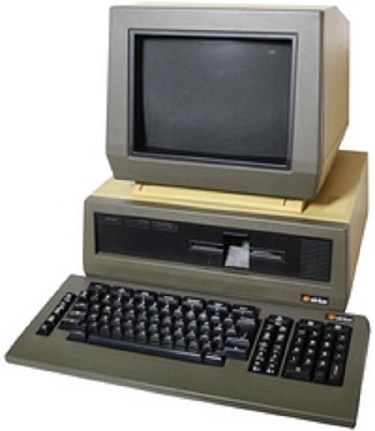
ACT Sirius 1
A 16-bit business computer which became popular in Europe, especially in Britain and Germany, in the early 1980s. It offered higher resolution screen, high quality graphics, multiple operating systems, 128 KB of RAM and a programmable keyboard and character set.
Original image taken from http://www.computinghistory.org.uk/det/43310/ACT-Sirius-1/
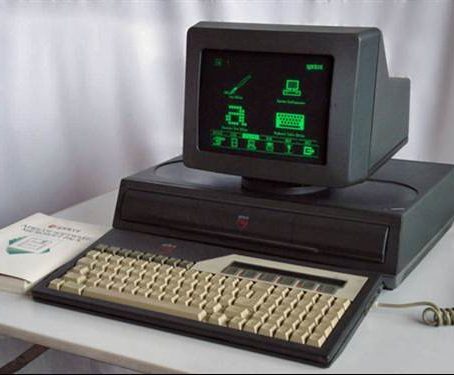
Apricot Point 7
Apricot Point 7 was the most powerful of the Apricot range of computers, with a standard 512K main memory, using the Concurrent DOS operating system, the only true multi-tasking operating stem offering multiple window operation.
Computair were able to produce on-screen psychrometric charts and fan performance curves for the first time using this computer.
Interestingly, a Point 7 computer shows up on a prop hire website, available to add an authentic ‘80s vibe to the background of TV and film productions!
Original image from https://www.ithistory.org/db/hardware/apricot-computers/apricot-point-7
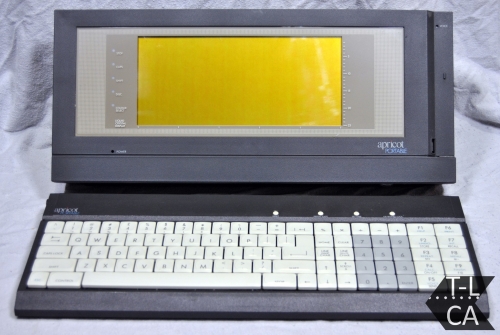
Apricot Portable
As the name suggests, the Apricot portable, created in 1984, was designed to be transportable. It was the first computer to have an 80-column and 25-line LCD screen and an input/output speech recognition system. The central unit and keyboard were not physically connected, instead using an infrared signal passing between the two parts.
Today we take for granted the computing power we carry around in our smartphones and it’s easy to forget how exciting it was when technology became portable.
Original image taken from https://t-lcarchive.org/apricot-portable/
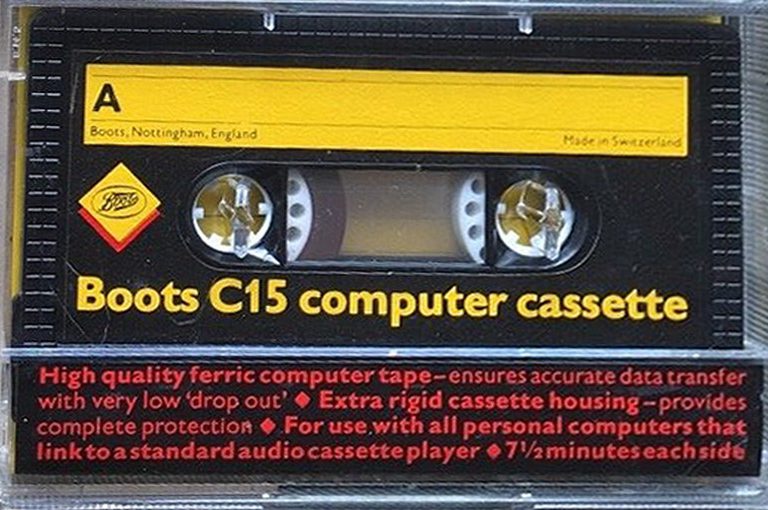
Computer cassettes
Not quite the same as the audio cassettes we used to soundtrack our parties in the ‘80s, computer cassettes nevertheless came in handy for storage in the early days when the Commodore PET had no internal space! Nigel and the team used the cassettes to save down source code and data (before moving on to floppy disks).
Original image taken from http://www.45spaces.com/audio-compact-cassette-blank-tapes/r.php?r=aud818072
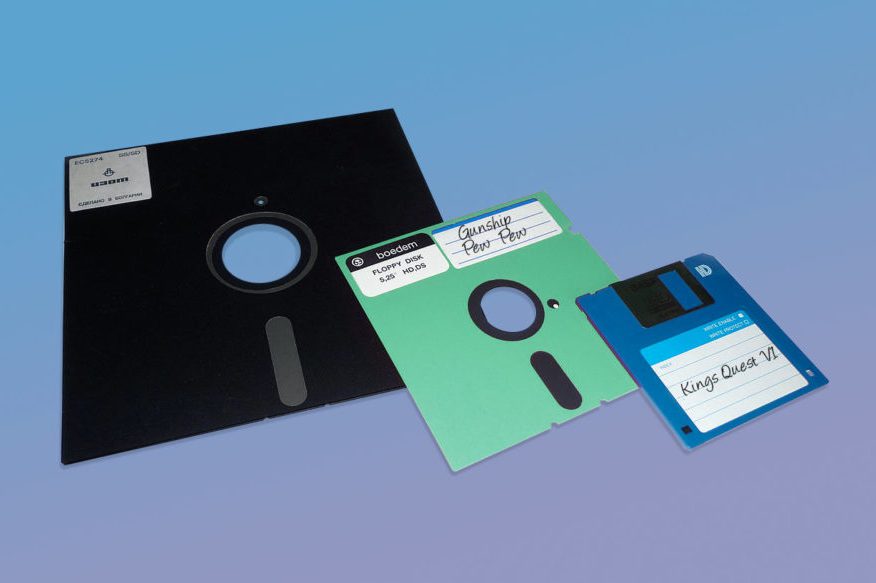
Floppy disks
An honourable mention must go to the Winchester drive, an early disk drive with removable media from IBM. But Computair used the 5.25 inch floppy disk which, unlike its 3.5 inch successor, was actually flexible. Computair used to send out software updates to clients stored on 3.5 floppy disk, carefully wrapped in foil to provide magnetic protection (a theory which has since been disproved as an old wives’ tale!). Once Computair was established in the USA, we started uploading software a disk at a time using a modem which was copied back on to floppies by our American clients.
Original image taken from https://www.backblaze.com/blog/history-removable-computer-storage/